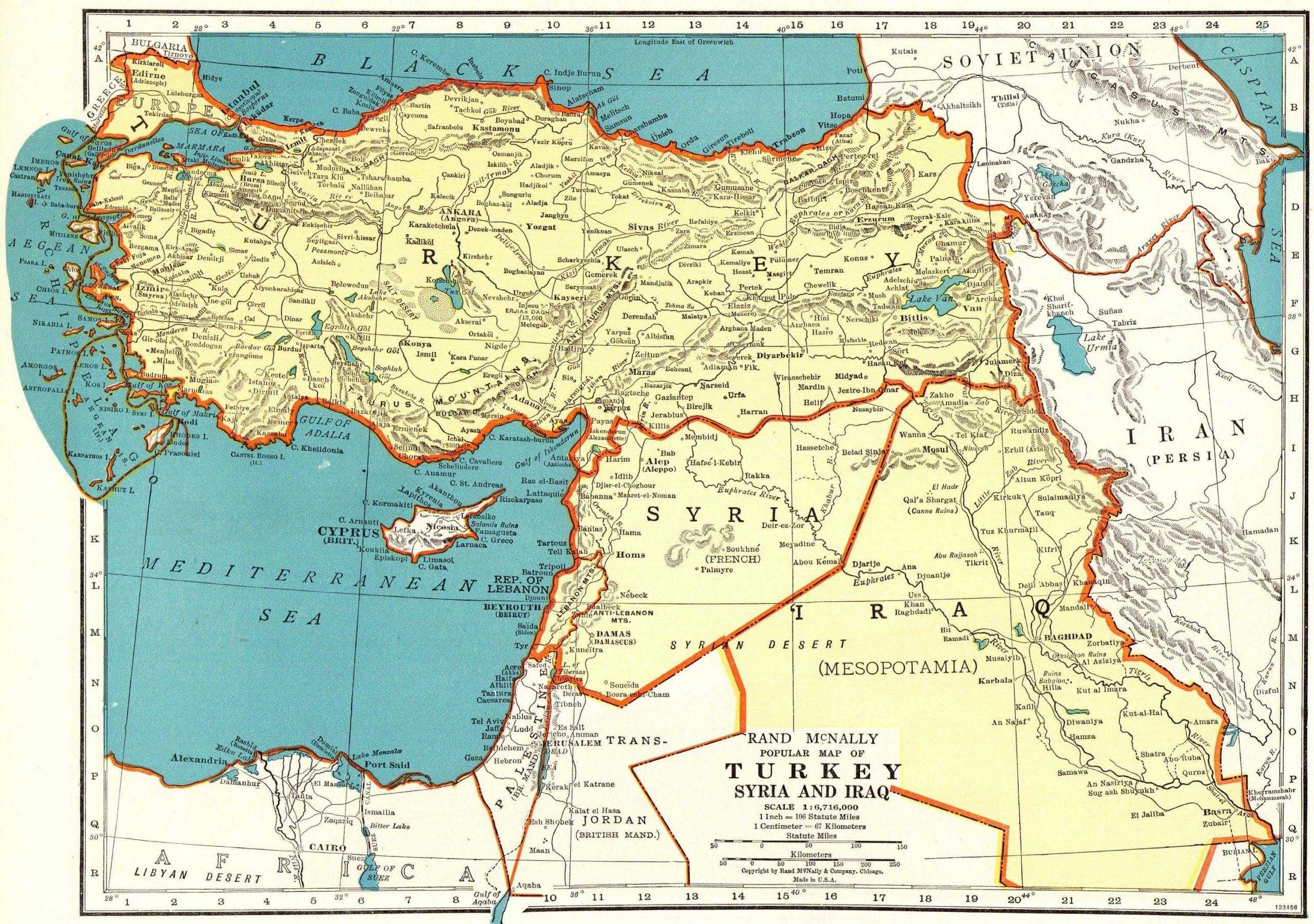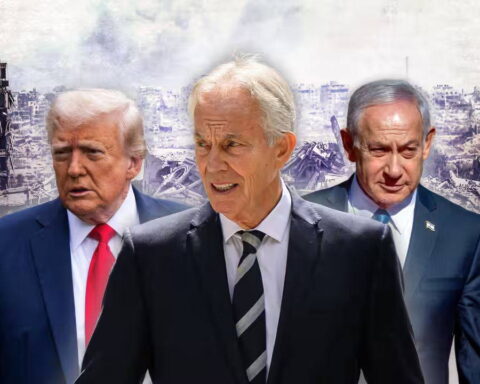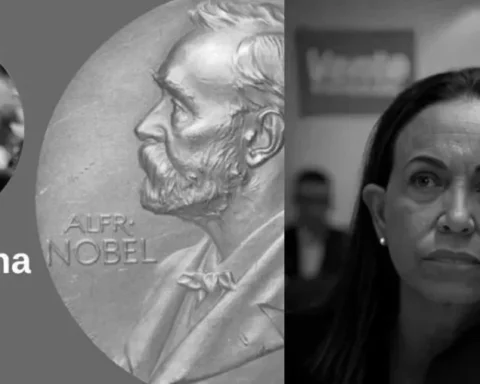For the better part of half a century, Syria has been an open wound in the heart of the Middle East, provoking instability, fueling conflict, and brutally suppressing its own people. Throughout Syria’s nearly fourteen-year civil crisis, a long list of destabilizing knock-on effects spilled over into neighboring countries and the world at large. The long-standing moniker of “what happens in Syria never stays in Syria” perfectly encapsulated what for most of the past decade looked to be a truly intractable crisis.
All of that changed on December 8, 2024, when Bashar al-Assad fled his palace in Damascus en route to a hurried and unexpected asylum in Russia. After a sudden and lightning-fast offensive, a coalition of armed opposition groups toppled Assad’s regime like a house of cards—in the space of ten days. All of a sudden, the international community has been presented with a historic and strategic opportunity to reshape the heart of the Middle East into a more stable, more integrated, and more constructive part of the region.
Syria’s ongoing transition is profoundly fragile. It faces enormous challenges, but it also presents the international community with a dilemma. Since day one, the transition has been led and dominated at the top by Hayat Tahrir al-Sham (HTS), a former affiliate of al-Qaeda that was originally born out of the Islamic State group’s predecessor movement, the Islamic State of Iraq and al-Sham (ISIS). That historical baggage provides reason for pause when it comes to engaging Syria’s interim authorities.
However, the HTS of today is the outcome of nearly a decade of change. After splitting from ISIS in 2013, it went to war with the terror group. It publicly broke ties with al-Qaeda in 2016 and proceeded to facilitate the entry of thousands of soldiers into its territory by NATO member Turkey; agreed to and complied with a yearslong ceasefire brokered by Turkey and Russia; established a technocratic “salvation government” in northwest Syria that delivered a higher level of services than other regions of the country; launched crippling crackdowns on both ISIS and al-Qaeda; and began engaging with the international community behind closed doors. Throughout this formative post-2016 period, HTS’s ideology changed in ways that are arguably unprecedented in the history of the jihadist movement, with it not just turning away from global jihad, but turning against it—while embracing “revolution” and the green flag of Syria’s popular uprising.
Despite HTS and its leader Ahmed al-Sharaa being at the helm in Damascus, much of the international community has rushed to engage—calculating that contact and engagement offers a far greater chance of shaping the outcomes of a fragile transition than a policy of isolation. Initially, the European Union, the United Kingdom, and Switzerland eased many sanctions linked to Syria’s economy, in the hope of breathing some life back into the country. For its part, the outgoing Biden administration introduced a six-month “general license” in January 2025, temporarily waiving some restrictive measures. But this had no effect in facilitating transactions with governing institutions in Syria.
After years of extraordinary conflict, Syria’s economy is broken and the humanitarian crisis worse than ever. Ninety percent of Syrians live under the poverty line; 70 percent of Syrians rely on aid; 99 percent of the Syrian pound’s value has been lost; 50 percent of the country’s basic infrastructure is destroyed; and fuel supplies have dropped to nearly zero. No matter who was running Syria’s transition, the prospects of successfully escaping such catastrophic conditions would be impossible without sanctions relief. Regional states—Saudi Arabia, Turkey, and Qatar, in particular—stand poised to flood Syria with investment, oil, electricity, and cash, but not while American sanctions prohibit them.
Taking advantage of the historic opportunity provided by Assad’s fall requires doing away with short-term tactical approaches and embracing a long-term view focused on Syrian and regional stability. On December 8, transitional authorities in Damascus were restricted only to HTS. Three months later, some things had changed: A national dialogue and conference had been held; broad committees had been formed to frame a constitutional declaration; and a transitional government was formed that significantly widened representation and technocratic rule in Syria’s ministries. The latter marked a significant broadening of government representation, with just four HTS members out of twenty-three ministers. More than half of the new cabinet members were educated and worked professionally in Europe and the United States. All in all, it marked a shift toward genuine, technocratic government.
Nevertheless, some instability continues. Deeply entrenched sociopolitical and sectarian tensions remain a source of acute concern, but a major spike in violence—as was seen on March 7-8, 2025—was short lived. A government-appointed investigative committee has been tasked with determining culpability for crimes. Meanwhile, structural issues relating to disarmament, demobilization, and reintegration (DDR), foreign fighters, and challenges posed by ISIS and an Alawite armed resistance all persist, but ultimately, a fragile transition still offers the best hope for gradual stabilization.
The United States and NATO face two options: to engage and conditionally support Syria’s transition in the hope that it will continue to consolidate control and broaden its representation; or to disengage and isolate the transition in favor or some other alternative. Neither is without risk, but the latter guarantees severe instability while the former aims to avoid it. President Trump’s announcement in Saudi Arabia in May 2025 that he intends to end all sanctions on Syria is a sign that strategic calculations are returning to the forefront of US policymaking on Syria. Subsequent public comments by Secretary of State Marco Rubio in front of Congress underlined that shift, as he suggested that if the United States did not lift sanctions, Syria was destined to collapse back into civil conflict. The key here will be time – how swiftly can executive waivers be issued to de facto remove sanctions restrictions on Syria’s economy? The EU’s decision on May 20 to lift all sanctions would suggest that things are set to move quickly. Should US diplomats return to Damascus, Syria could confidently be placed on a new trajectory of recovery.
Meanwhile, US Central Command (CENTCOM) has continued to play an instrumental role in facilitating negotiations between the Syrian Democratic Forces (SDF) and Damascus, and in pressing the SDF to accept the framework agreement signed on March 11. Beginning in mid-December 2024, CENTCOM contact has included meetings with Sharaa and an established line of communication with the Defense and Interior ministries, through which counter-ISIS activities are coordinated, deconflicted, and planned. Since January 2024, at least eight ISIS plots have been foiled by the interim government in part due to intelligence provided by the United States. A surge in US drone strikes targeting legacy al-Qaeda operatives in Syria’s northwest in February 2025 was also almost certainly the result of a similar exchange.
With the United States determined to minimize its military and strategic investments in the Middle East and with NATO increasingly distracted by concerns in Europe, the prospect for stabilizing one of the thorniest and most destabilizing conflict theaters in recent history should be a no-brainer. Despite the risks and the many unknowns, prioritizing a strategy on Syria that is focused on shaping a stable and capable central government that is integrated into its neighborhood and capable of collectively resolving its own issues should be the only option on the table. That is the choice already made by Europe and the Middle East and the United States should follow suit. Should the Trump administration decisively join that track of engagement, the chances of Syria charting a course of stability will rise significantly.
* Charles Lister is a senior fellow and head of the Syria Initiative at the Middle East Institute. Follow him on X at @Charles_Lister.






